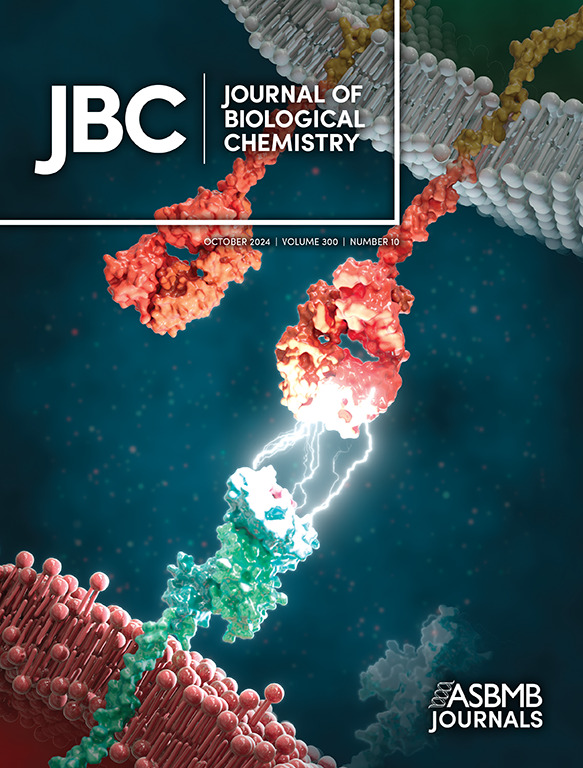The common murine retroviral integration site activating Hhex marks a distal regulatory enhancer co-opted in human Early T-cell precursor leukemia.
IF 4
2区 生物学
Q2 BIOCHEMISTRY & MOLECULAR BIOLOGY
引用次数: 0
Abstract
The Hhex gene encodes a transcription factor that is important for both embryonic and post-natal development, especially of hematopoietic tissues. Hhex is one of the most common sites of retroviral integration in mouse models. We found the most common integrations in AKXD (recombinant inbred strains) T-ALLs occur 57-61kb 3' of Hhex and activate Hhex gene expression. The genomic region of murine leukemia virus (MLV) integrations has features of a developmental stage-specific cis regulatory element (CRE), as evidenced by ATAC-seq in murine progenitor cells and high H3K27 acetylation at the syntenic CRE in human hematopoietic cell lines. With ChIP-exonuclease, we describe occupancy of LIM domain binding protein 1 (LDB1), the constitutive partner of the LIM Only-2 (LMO2), GATA1, and TAL1 transcription factors at GATA sites and a composite GATA-E box within the CRE. With virtual 4C analysis, we observed looping between this +65kb CRE and the proximal intron 1 enhancer of HHEX in primary human ETP-ALLs and in normal progenitor cells. Our results show that retroviral integrations at intergenic sites can mark and take advantage of CREs. Specifically, in the case of HHEX activation, this newly described +65kb CRE is co-opted in the pathogenesis of ETP-ALL by the LMO2/LDB1 complex.求助全文
约1分钟内获得全文
求助全文
来源期刊

Journal of Biological Chemistry
Biochemistry, Genetics and Molecular Biology-Biochemistry
自引率
4.20%
发文量
1233
期刊介绍:
The Journal of Biological Chemistry welcomes high-quality science that seeks to elucidate the molecular and cellular basis of biological processes. Papers published in JBC can therefore fall under the umbrellas of not only biological chemistry, chemical biology, or biochemistry, but also allied disciplines such as biophysics, systems biology, RNA biology, immunology, microbiology, neurobiology, epigenetics, computational biology, ’omics, and many more. The outcome of our focus on papers that contribute novel and important mechanistic insights, rather than on a particular topic area, is that JBC is truly a melting pot for scientists across disciplines. In addition, JBC welcomes papers that describe methods that will help scientists push their biochemical inquiries forward and resources that will be of use to the research community.
 求助内容:
求助内容: 应助结果提醒方式:
应助结果提醒方式:


